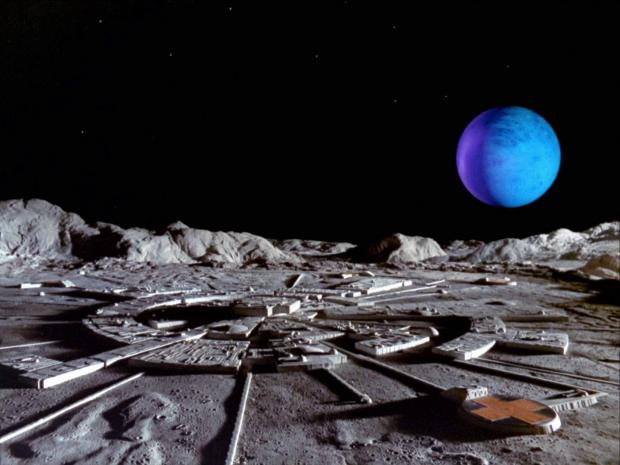
Breaking News
 Mike Rowe appears to be receiving flak for daring to explore the potential dangers of vaccines...
Mike Rowe appears to be receiving flak for daring to explore the potential dangers of vaccines...
 How to Keep Potatoes Fresh for a Year!
How to Keep Potatoes Fresh for a Year!
 A high school student has amazed the global science community with a discovery...
A high school student has amazed the global science community with a discovery...
Top Tech News
 The 6 Best LLM Tools To Run Models Locally
The 6 Best LLM Tools To Run Models Locally
 Testing My First Sodium-Ion Solar Battery
Testing My First Sodium-Ion Solar Battery
 A man once paralyzed from the waist down now stands on his own, not with machines or wires,...
A man once paralyzed from the waist down now stands on his own, not with machines or wires,...
 Review: Thumb-sized thermal camera turns your phone into a smart tool
Review: Thumb-sized thermal camera turns your phone into a smart tool
 Army To Bring Nuclear Microreactors To Its Bases By 2028
Army To Bring Nuclear Microreactors To Its Bases By 2028
 Nissan Says It's On Track For Solid-State Batteries That Double EV Range By 2028
Nissan Says It's On Track For Solid-State Batteries That Double EV Range By 2028
 Carbon based computers that run on iron
Carbon based computers that run on iron
 Russia flies strategic cruise missile propelled by a nuclear engine
Russia flies strategic cruise missile propelled by a nuclear engine
 100% Free AC & Heat from SOLAR! Airspool Mini Split AC from Santan Solar | Unboxing & Install
100% Free AC & Heat from SOLAR! Airspool Mini Split AC from Santan Solar | Unboxing & Install
 Engineers Discovered the Spectacular Secret to Making 17x Stronger Cement
Engineers Discovered the Spectacular Secret to Making 17x Stronger Cement
Are people really considering going to the moon… to mine?

Their new report discussed the requirements for commercial mining and fuel production on the moon. In particular, they talked about getting water from the permanently shadowed lunar craters. The water would serve as propellant fuel for spacecraft.
The idea of cheap and convenient space travel throughout the inner solar system relies on two things: Reusable rocket stages and spacecraft, and a reliable source of rocket fuel found in space.
The moon may fulfill the latter requirement. Recent studies found the presence of water ice at the permanently shadowed regions near the lunar poles.
The study suggested that lunar landers may extract the water ice and break it down into hydrogen and oxygen. Both combustible elements are excellent rocket fuel. The oxygen would also serve as breathable air for astronauts.
Furthermore, the weak gravity of the moon would make it easy to launch hydrogen and oxygen payloads into orbit or beyond. Lunar mining and fuel facilities would make it possible for humans to operate and travel in cislunar space. (Related: Sci-fi in real life: Scientists propose building a space station INSIDE an asteroid and using its gravity to mine valuable space rocks.)
Mining water ice on the moon to make rocket fuel for spacecraft
The study calculated the near-term need for mining at least 2,700 tons of lunar water each year. The extracted ice would be turned into 500 tons of propellant fuel, which would be worth $2.4 billion.
Funding the birth of a new industry would cost a lot. Researchers believed that the lunar propellant project would need $4 billion in initial investment.
"This was a very significant and thorough joint effort by industry, government and academic experts to put together a detailed and realistic analysis," explained Colorado School of Mines (Mines) researcher Angel Abbud-Madrid. "It lays out the approach, challenges and payoffs of developing a private business to harvest and process lunar polar ice as the foundation of a lunar, cislunar and Earth-orbiting economy."
Abbud-Madrid and his co-authors covered everything. They even came up with potential collaborations between the public and private sectors.
The report recommended building the commercial lunar fuel system in phases. Each phase would improve the technology, gather more investors, and encourage the growth of customers and markets.

 Wall Street wants to go 24/7
Wall Street wants to go 24/7

